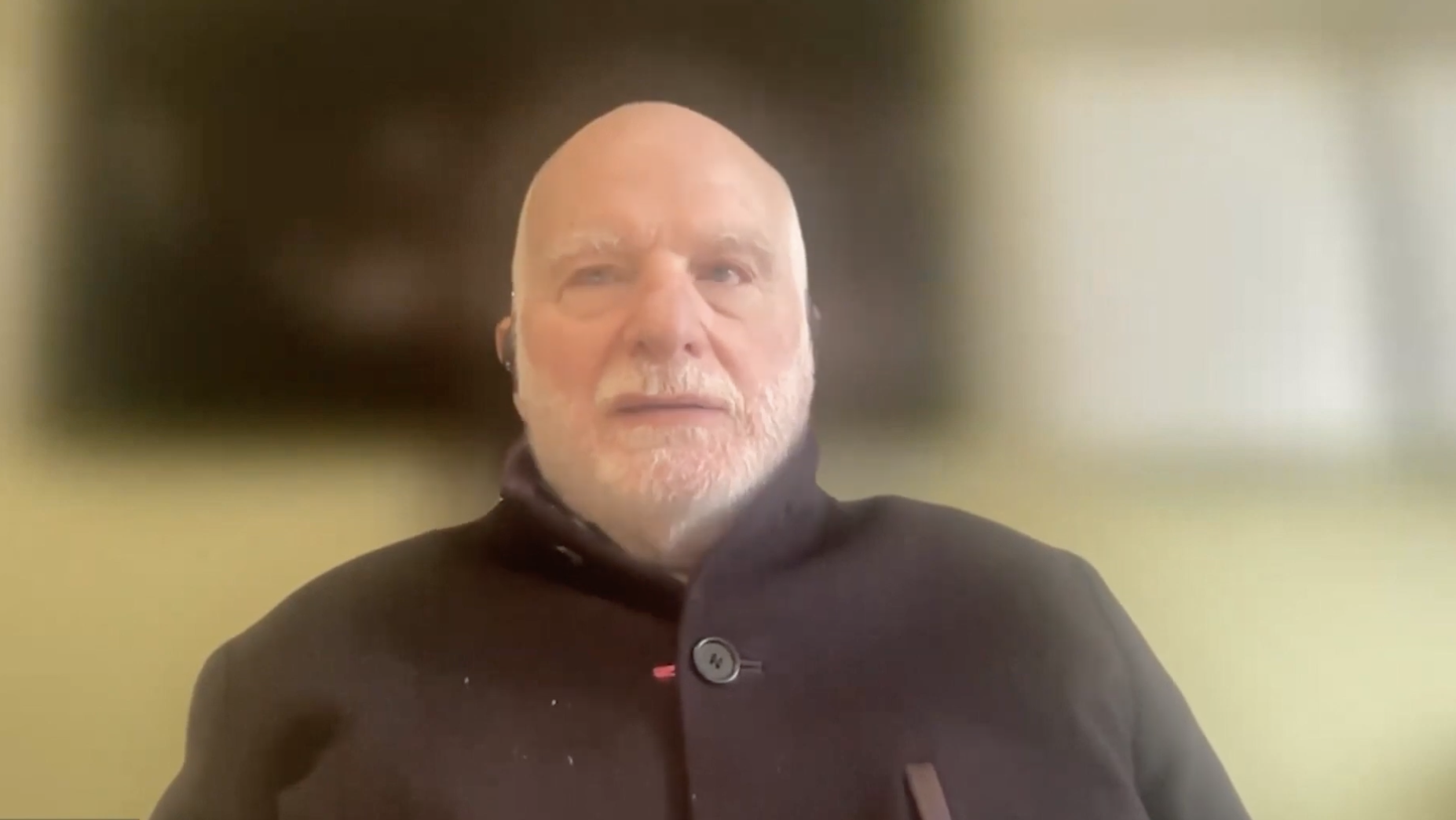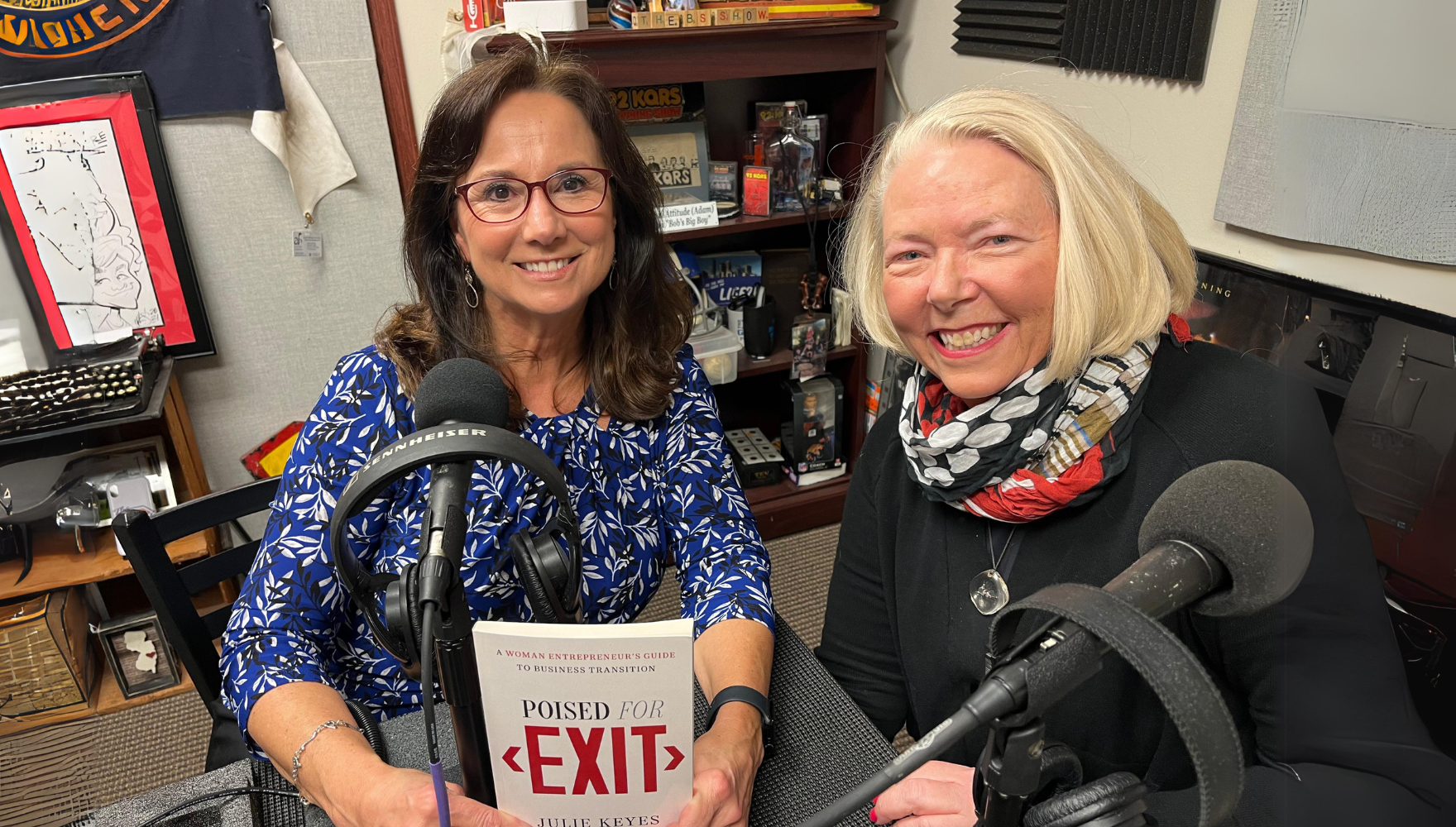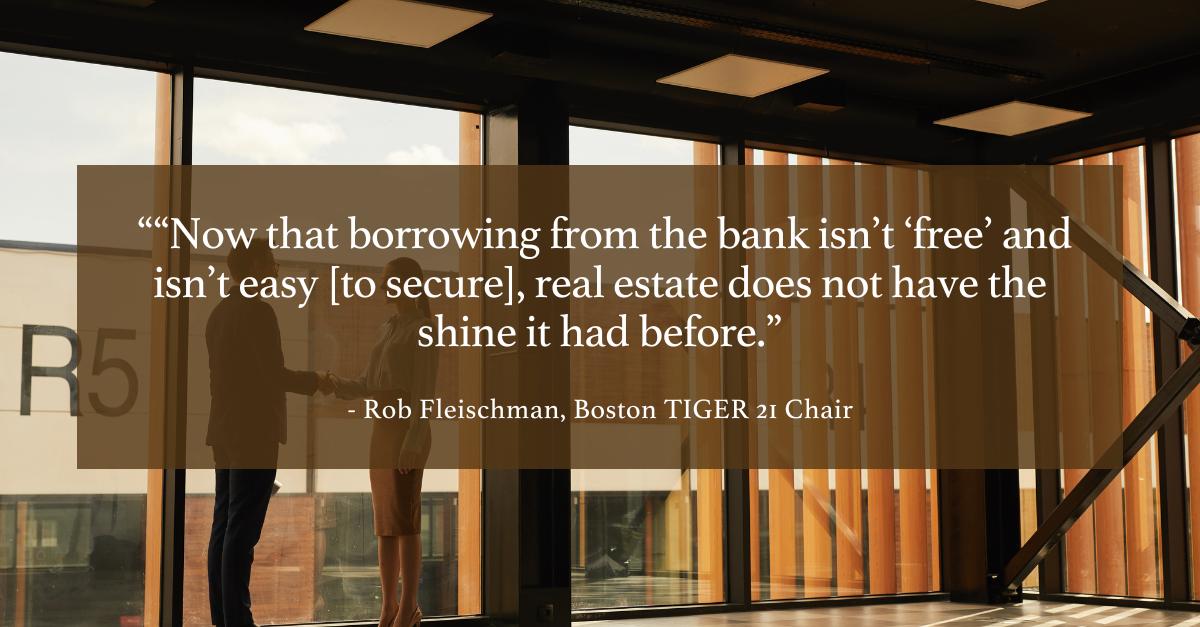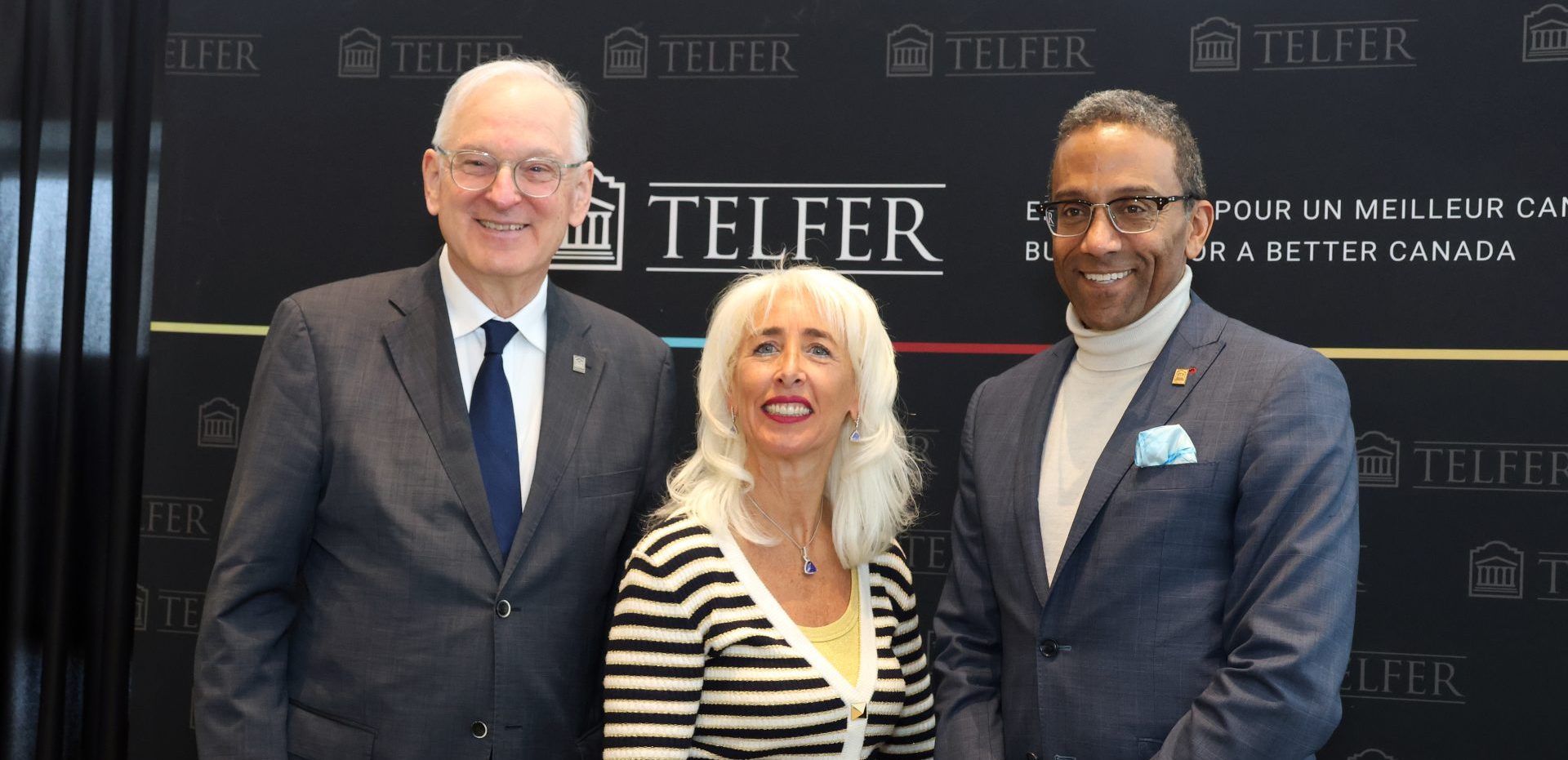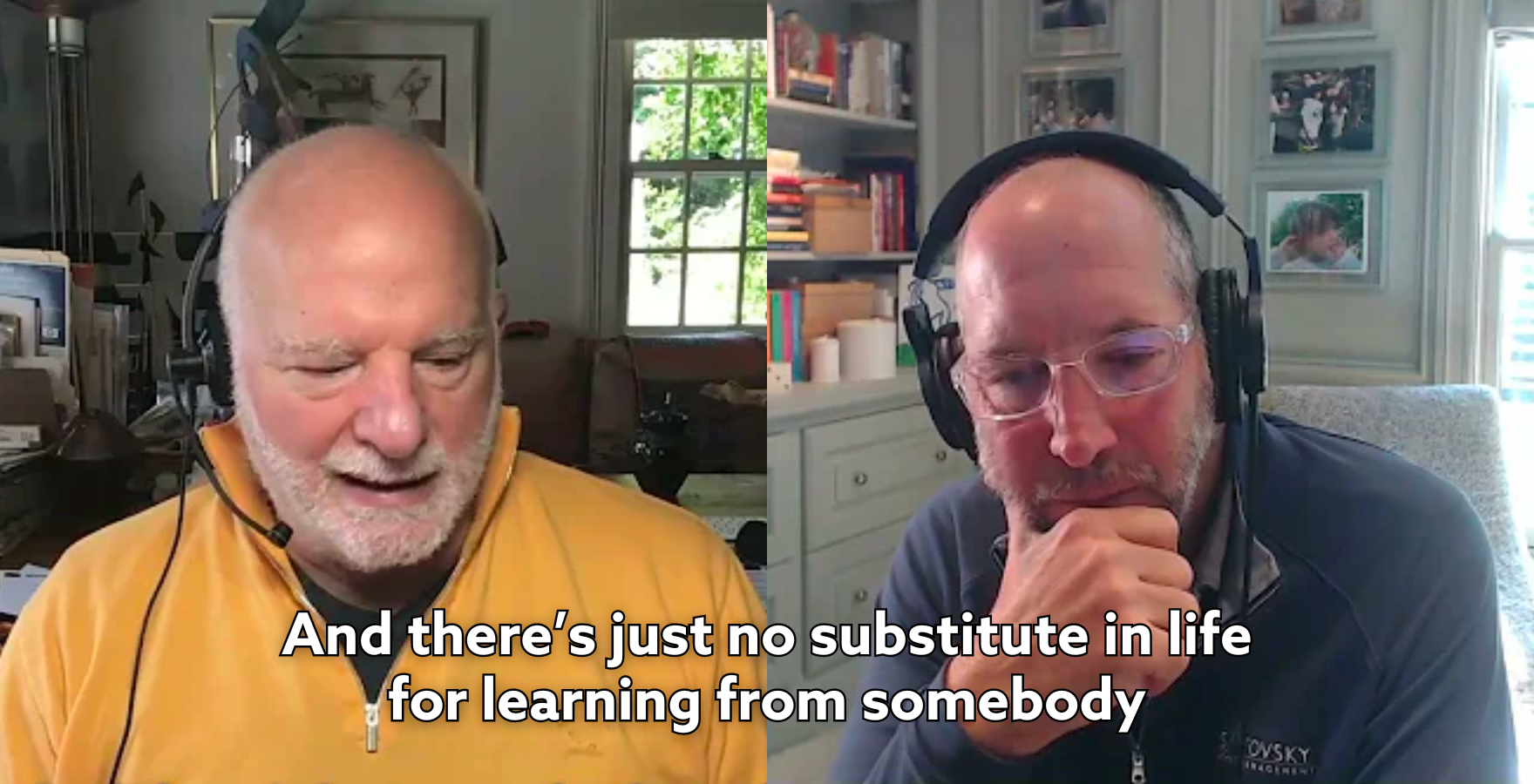WELLS FARGO CHIEF ECONOMIST JOHN SILVIA HOLDS Q&A W/ TIGER 21 MEMBERS
Contact: John Garger 212-262-7484 jgargernyc@aol.comAllan Ripp 212-262-7477 arippnyc@aol.com
Wells Fargo Chief Economist John Silvia Holds Q&A with TIGER21 Members
He sees stability in the short run, but unsustainable conditions for economic stability over the long-term;His advice to small businesses ‚Äì “Look at the big picture”
New York, NY (October 9, 2012) ‚Äì TIGER 21, the premier learning group for high-net-worth investors in NorthAmerica, welcomed Wells Fargo’s Chief Economist John Silvia as its featured speaker in September.
Silvia opened his presentation with a decidedly mixed-bag of economic statistics. He spoke of signs showing continued,moderate job gains for the employment forecast, yet the employment-population ratio indicated a much lower employmentbase to support growth and spending. The household debt service ratio has returned to sustainable rates, but the generallysubpar recovery suggests slower consumer spending resulting in lower state sales tax revenues. Capital goods orders areslowing down from a surge after the recession. Commercial property has also seen an uneven recovery with office vacancieson the high end of the scale and apartment vacancies trending lower.
Silvia also shared data indicating that small businesses were a lot less optimistic about the prospects for a full recovery.This contrasts greatly with big business in America, which for the most part seems to be returning to normal operations,according to Silvia.
He cautioned that, “The biggest mistakes in business have very little to do with actually running the business, rather it hasto do with not having a vision of where you are in the world and how things are happening.”
“TIGER 21 Members can relate to that point,” commented Michael Sonnenfeldt. “Many are serial entrepreneurs and havecreated and operated successful businesses. Their presence at the Headliner series, to hear one of the most-respectedAmerican economists, shows their concern with the big picture and their desire to understand what is going on in the worldaround them and how it relates to their own businesses and lives.”
This assertion was born out in the questions for Silvia that followed his formal presentation. Members asked questionson topics including: small business lending, the boomer-generation’s preparedness for retirement, cyclical vs. structuralunemployment, the deleveraged consumer, interest rate trends, and quantitative easing, among others.
Following are a few highlights from the Q&A session:How will the wave of baby boomer retirements impact the economy?
Silvia relayed that statistics show that the majority of retirees have an average retirement account balance between$60,000 to $80,000, which makes them totally unprepared for retirement. “This creates political problems as well aseconomic problems,” Silvia said. “These people will be counting on certain entitlements that the country cannot affordto sustain.” Silvia also pointed out that the labor force participation rate has actually increased in 55+ age group overpast few years, which tells us that a lot of these people realize they are not prepared for retirement.
Is unemployment cyclical or structural?
During the past few years, as the unemployment rate has decreased, year over year wage growth has also decreased.
This indicates that there is a huge structural problem, according to Silvia. If it was just cyclical, the unemployment ratecoming down would be associated with higher wages because companies would be chasing after skilled workers.
Silvia points to various localities across the country where structural unemployment is rampant (Torrance, CA; Hickory,NC; Utica, NY; Rockford, IL; among a host of other regions). In these areas, there are people with the wrong skills, andthe semi-skilled and low-skilled manufacturing jobs are gone. Furthermore, the new manufacturing facilities that arebeing created today are fully automated and require workers that can navigate a laptop, Silvia points out.
Because we are experiencing structural unemployment, printing more money to extend unemployment benefits willnot solve the problem, according to Silvia. Instead we should look towards a voucher program that would aid displacedworkers in obtaining new skill sets.
Is the consumer truly deleveraged? And what happens when quantitative easing ends?
The Household Debt Service Ratio indicates that the American consumer has deleveraged, but taken in the context of thelow interest rate environment, is the picture really as rosy, asked a TIGER 21 Member?
Silvia says that while we have short-term stability with interest rates at 2 percent, this is largely an effect of quantitativeeasing. He scoffs at people who argue that we need to get interest rates back to the pre-recession normal range. If thathappens, the debt service ratio goes up, Silvia explains.
He also cites a Congressional Budget Office study that says if average 5- and 10-year treasury note rates increased to whatthey have averaged in the prior 30 years then our net interest expense and entitlements would eat up the entire federalbudget within 10 years.
What are the prospects of America going back into recession? Especially if QE ends?
In the short run, Silvia thinks we have just enough consumer spending, just enough housing, just enough commercialreal estate, and just enough investment spending as well as federal, computer and software spending for a 2 percentGross Domestic Product number.
However, forecasting what happens five months from now is complicated by the prospect of the looming fiscal cliff. If ithappens and 2 to 3 percent is knocked off the GDP, then we are in a recession.
“The nation has entered unchartered waters in fiscal policy.” What next?
When a Member asked if Silvia has ever been more bearish than he is now, he responded that in the short-term hehas been more bearish, but not in the long-term. “In short run things will be fudged, but in the long run we have a realproblem and it is coming at us a lot faster than many people expected. We are in a position where we have not reallyfaced up to our problems and they are not resolvable by current policies. We really have to make some changes, but weare not willing to talk about them,” explained Silvia.
Ending his remarks, Silvia suggested some tough decisions for whoever is US president over the next four years, “We’vesort of run out of time. The next president will have to come to grips with the economic situation. It will become clear asever that there is no way to pay the bills.”
About TIGER 21:TIGER 21 (The Investment Group for Enhanced Results in the 21st Century) is North America’s premier peer-to-peerlearning network for high net worth investors. TIGER 21 has 193 Members who collectively manage over $18 billion ininvestable assets and have been entrepreneurs, inventors and top executives. TIGER 21 focuses on improving investmentacumen as well as exploring common issues of wealth preservation, estate planning and family dynamics beyondfinance. Founded in 1999, TIGER 21 is headquartered in New York City and has groups in New York, Los Angeles, SanFrancisco, San Diego, Miami, Washington, DC, and Dallas, as well as Canadian groups in Vancouver, Toronto, Calgaryand Montreal. More information can be found at www.tiger21.com.
About TIGER 21
TIGER 21 is an exclusive global community of ultra-high-net-worth entrepreneurs, investors, and executives.
Explore the TIGER 21 Member Experience
